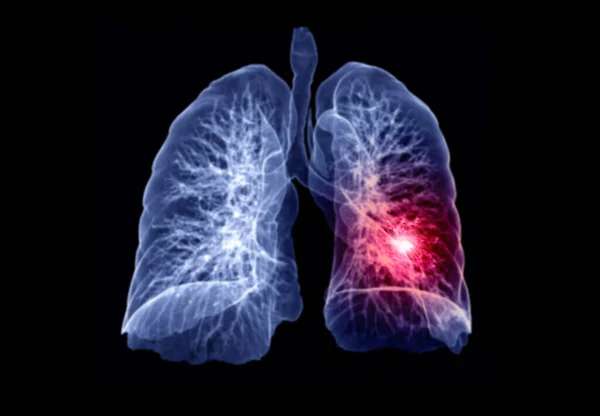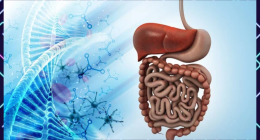Non-Smokers’ Lung Cancer Now a Top Five Global Cancer Killer – While smoking remains the primary culprit behind lung cancer, the rise of lung cancer among non-smokers particularly among younger individuals and women is a growing concern. This article sheds light on this emerging trend, exploring its causes, risk factors, and potential treatment options.
In 2023, non-smokers’ lung cancer was among the top five global cancer-related deaths, with more than 20,000 recorded deaths linked to this condition. This places it as the fifth most common cause of cancer-related mortality. Lung and bronchus cancer, including cases related to smoking, is responsible for the most cancer deaths globally, with 1.80 million deaths in 2020. In the United States, lung and bronchus cancer caused 127,070 deaths in 2023, making it the leading cause of cancer-related mortality in the country. The statistics highlight the significant impact of lung cancer on global and national cancer-related deaths.
Key Points:
- LCINS now ranks among the top five causes of cancer-related deaths globally, with over 20,000 deaths recorded in 2023.
- Unlike smoking-related lung cancers, LCINS predominantly affects women and individuals with Asian ancestry.
- Younger age groups exhibit a higher incidence of LCINS compared to smoking-related cases.
- Lung adenocarcinoma (LUAD) is the primary type of LCINS, while squamous cell carcinoma and small-cell lung cancer are more common in smokers.
- Distinct genetic and molecular features characterize LCINS, including high targetability with alterations in key signaling pathways like ALK rearrangements and EGFR mutations.
- Several risk factors contribute to LCINS, including secondhand smoke, radon exposure, air pollution, occupational hazards like asbestos, and genetic predispositions.
- Diagnosis involves testing for targetable oncogenes like EGFR, ALK, and KRAS, often using next-generation sequencing techniques.
- Treatment options for LCINS include targeted therapies like EGFR tyrosine kinase inhibitors (TKIs) and local consolidative treatments.
Key takeaways:
Prevalence: Lung cancer in non-smokers (LCINS) is on the rise, particularly among younger women and Asians. It now ranks as the fifth leading cause of cancer-related deaths globally.
Distinctive features: LCINS differs from smoking-related lung cancer in several ways. It predominantly manifests as adenocarcinoma, exhibits unique genetic and molecular profiles, and has a lower tumor mutational burden.
Risk factors: Besides genetic predisposition, second-hand smoke, radon exposure, air pollution, and occupational hazards like asbestos and diesel fumes contribute to LCINS development.
Diagnosis and treatment: Targeted therapies based on specific genetic alterations like EGFR and ALK mutations offer promising treatment options for LCINS.
It’s important to avoid:
- Stigmatizing non-smokers with LCINS: Remember, anyone can be affected by this disease, regardless of smoking history.
- Ignoring the urgency of the issue: The rapid rise of LCINS demands increased research and attention from healthcare professionals and policymakers.
- Minimizing individual efforts: While systemic changes are crucial, individuals can take proactive steps like minimizing exposure to known risk factors and maintaining regular health checkups.
What are the symptoms of non-smokers’ lung cancer?
The symptoms of lung cancer in non-smokers are often similar to those in smokers and may include:
- A cough that doesn’t go away or gets worse over time
- Coughing up blood
- Chest pain or discomfort
- Trouble breathing
- Wheezing
- Hoarseness
- Loss of appetite
- Weight loss for no reason
- Fatigue
- Trouble swallowing
Some people may also experience general symptoms of not feeling well or feeling tired all the time. It’s important to note that these symptoms can also be caused by other illnesses, so it’s essential to consult a doctor for proper evaluation and diagnosis.
The symptoms of lung cancer in non-smokers are not specific and can range from no symptoms to cough, dyspnea, weight loss, and loss of appetite. More specific symptoms may include chest pain and hemoptysis.
ALSO READ: Burned patients: New blood test might spot deadly sepsis early!








